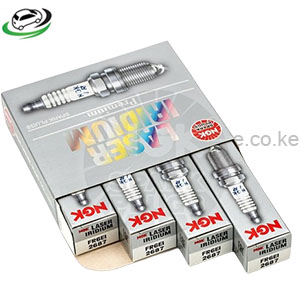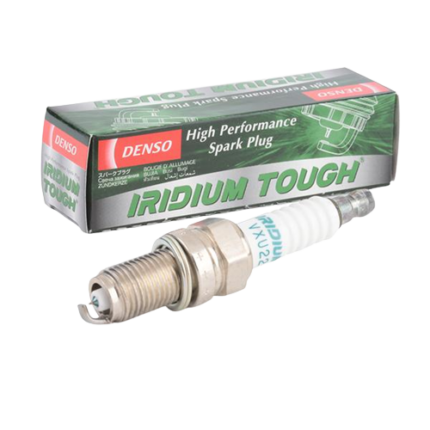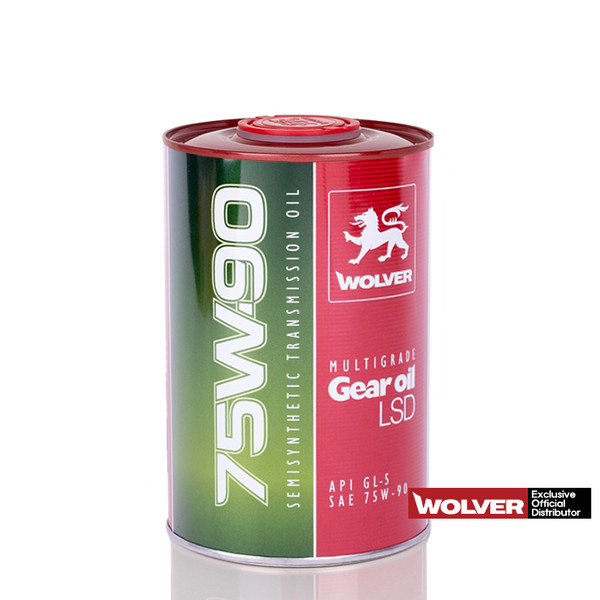-29%
Get Wolver GL-5 75W-90 Semisynthetic Transmission Oil in Kenya
Semisynthetic transmission oil combines the properties of mineral (conventional) base oils and synthetic base oils to offer a balance of performance, protection, and cost-efficiency. This type of oil aims to provide better performance and protection than conventional oils while being more affordable than fully synthetic oils. Here is a detailed exploration of the benefits and applications of semisynthetic transmission oil:
Benefits of Semisynthetic Transmission Oil
- Enhanced Lubrication
- Smooth Gear Shifts: Improved lubrication properties ensure smoother gear transitions, reducing friction and wear within the transmission.
- Reduced Friction: Lower friction coefficients help in minimizing internal resistance, leading to more efficient operation and reduced heat generation.
- Better Temperature Stability
- High-Temperature Performance: Semisynthetic oils maintain their viscosity and protective qualities at higher temperatures, preventing oil breakdown and ensuring consistent performance in demanding conditions.
- Low-Temperature Fluidity: These oils retain their fluidity at low temperatures, ensuring effective lubrication during cold starts and in cold climates, thereby reducing wear and tear during initial operation.
- Extended Component Life
- Wear Protection: The enhanced film strength and shear stability protect against metal-to-metal contact, significantly reducing wear on gears and other transmission parts.
- Corrosion Resistance: Additives in semisynthetic oils help protect against corrosion, ensuring that transmission components remain free from rust and other corrosive elements.
- Oxidation Resistance
- Longer Oil Life: Resistance to oxidation prevents the oil from degrading quickly, extending the interval between oil changes and maintaining consistent performance over time.
- Deposit Control: By reducing oxidation, semisynthetic oils help prevent the formation of sludge and varnish, keeping the transmission cleaner and functioning more efficiently.
- Improved Fuel Efficiency
- Reduced Drag: Lower friction within the transmission can lead to improved fuel economy, as less energy is wasted overcoming internal resistance.
- Enhanced Power Transfer: Efficient lubrication ensures that more of the engine’s power is effectively transmitted to the wheels, reducing energy losses.
- Cost-Effective
- Balanced Cost and Performance: Semisynthetic oils offer many of the benefits of fully synthetic oils but at a lower cost, providing a cost-effective solution for enhanced transmission performance.
- Reduced Maintenance Costs: By protecting transmission components better and extending the oil change intervals, semisynthetic oils can help reduce overall maintenance costs over the vehicle’s lifetime.
- Versatility
- Wide Range of Applications: Suitable for use in various types of transmissions, including automatic, manual, and continuously variable transmissions (CVTs). They are also effective in a variety of driving conditions and environments.
- Heavy-Duty Performance: Often used in heavy-duty vehicles and industrial applications where improved durability and protection are critical.
Common Applications
- Automatic Transmissions:
- Semisynthetic oils are often used in automatic transmissions, providing smooth operation and enhanced protection.
- Manual Transmissions:
- Suitable for manual transmissions, particularly those requiring better performance and protection than conventional oils can offer.
- Heavy-Duty Vehicles:
- Ideal for heavy-duty applications, such as in trucks and industrial machinery, where transmissions are subject to severe operating conditions.
- High-Performance Vehicles:
- Beneficial for high-performance vehicles that demand superior lubrication and protection under high-stress conditions.
Considerations When Using Semisynthetic Transmission Oil
- Compatibility
- Check Manufacturer Specifications: Always refer to the vehicle or equipment manufacturer’s specifications and recommendations to ensure compatibility with semisynthetic oils.
- Avoid Mixing Oils: While semisynthetic oils can sometimes be mixed with conventional or synthetic oils, it’s best to avoid mixing different types to prevent potential performance issues.
- Change Intervals
- Follow Recommended Intervals: Adhere to the recommended oil change intervals for semisynthetic oils, which may differ from those for conventional or fully synthetic oils.
- Environmental Conditions
- Consider Operating Environment: Evaluate the operating conditions, as semisynthetic oils perform well in a wide range of temperatures but may be particularly beneficial in extreme conditions.
Follow us on Facebook For more parts.



